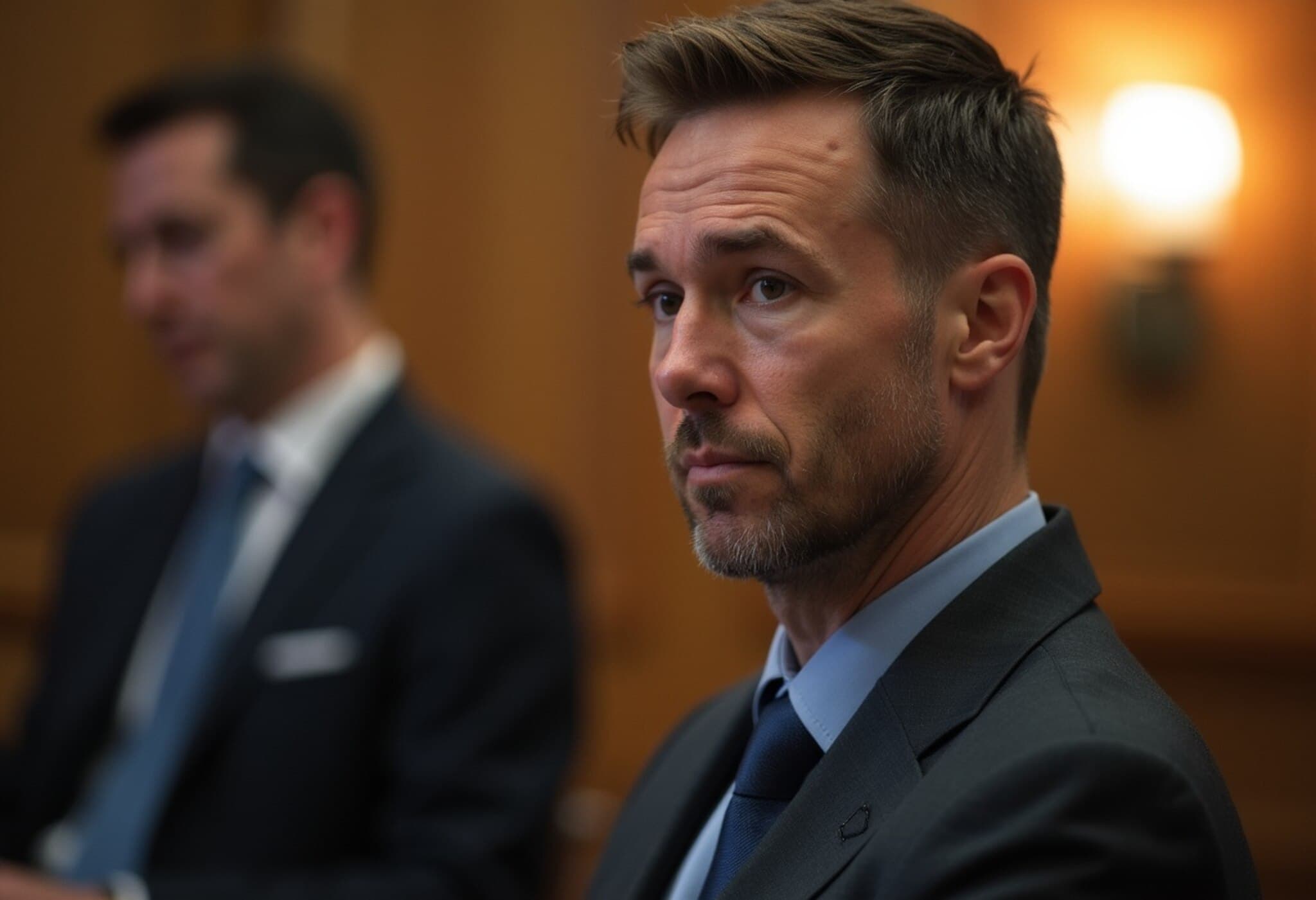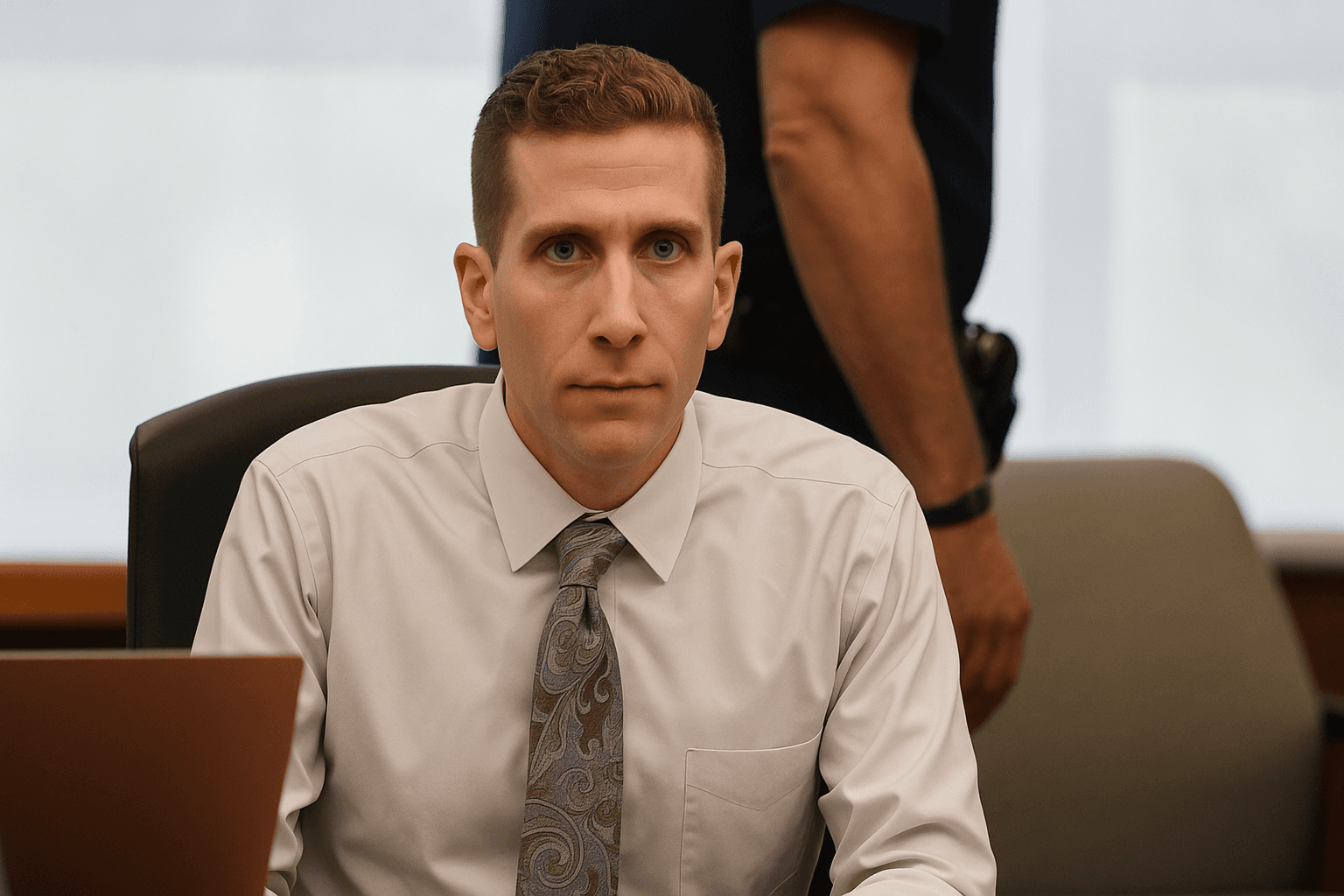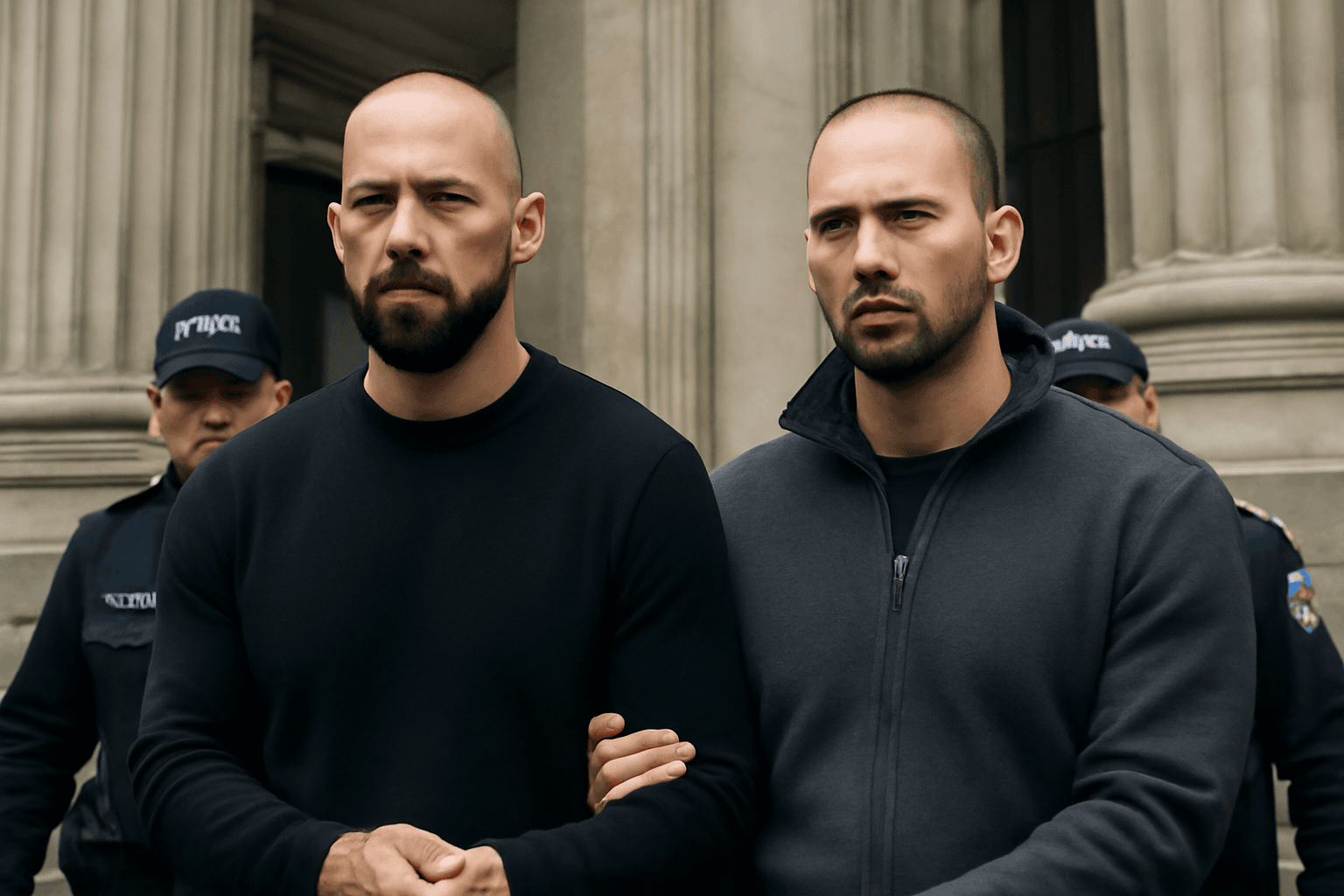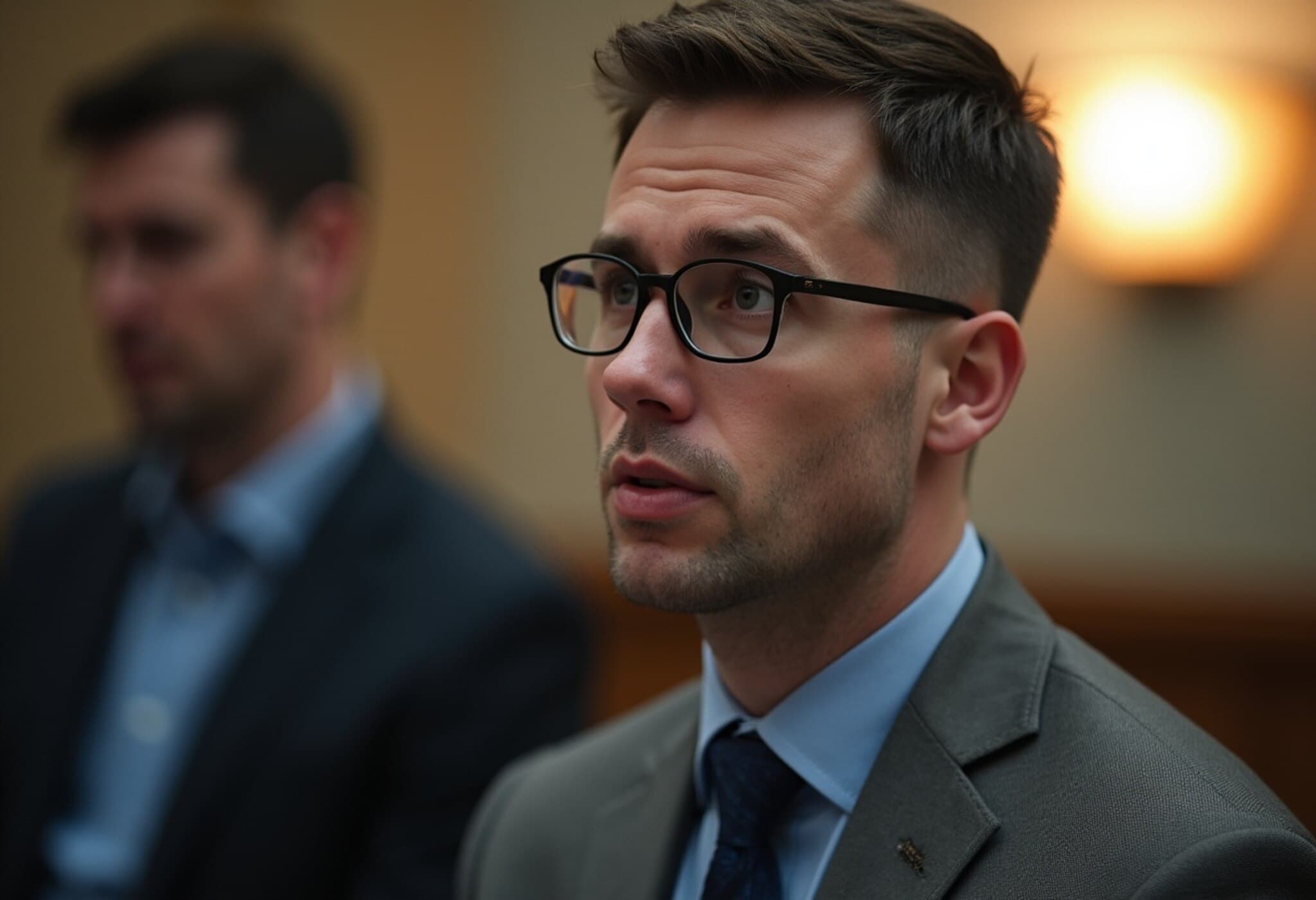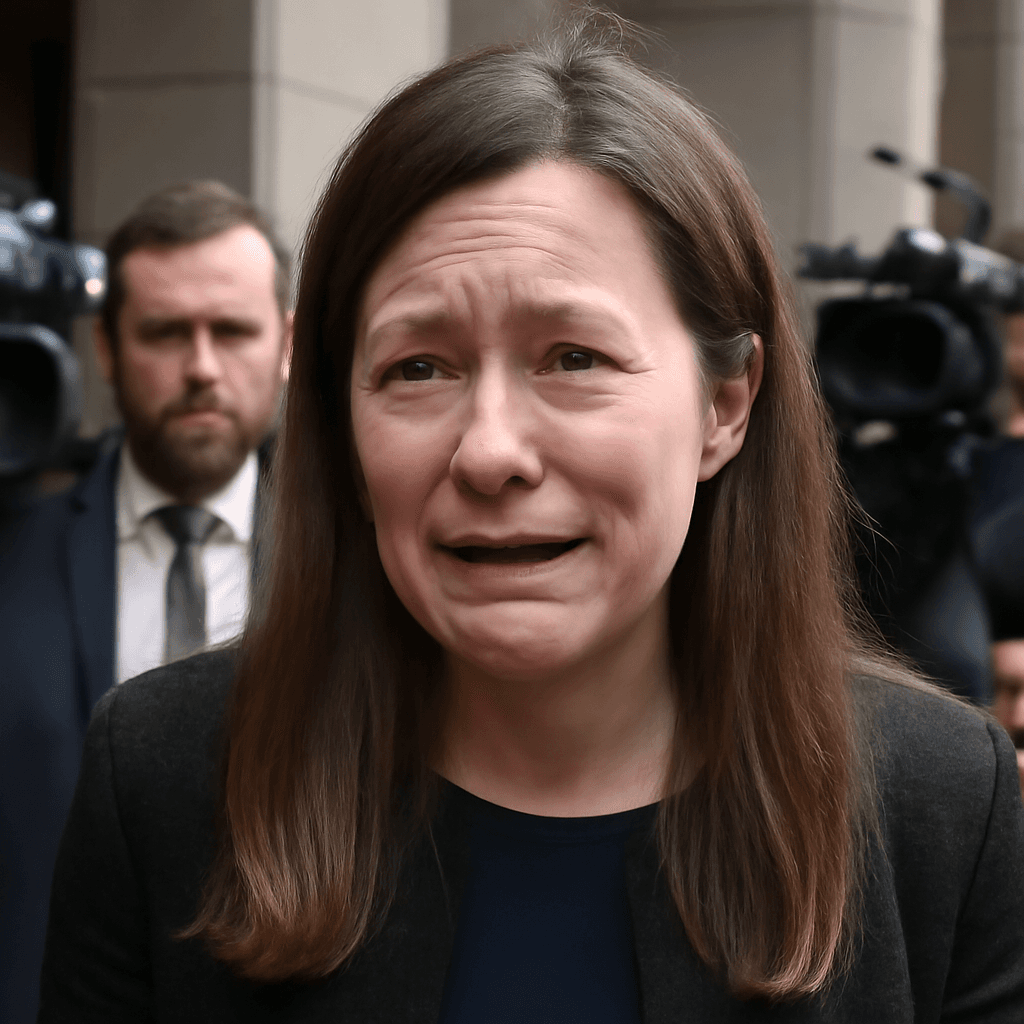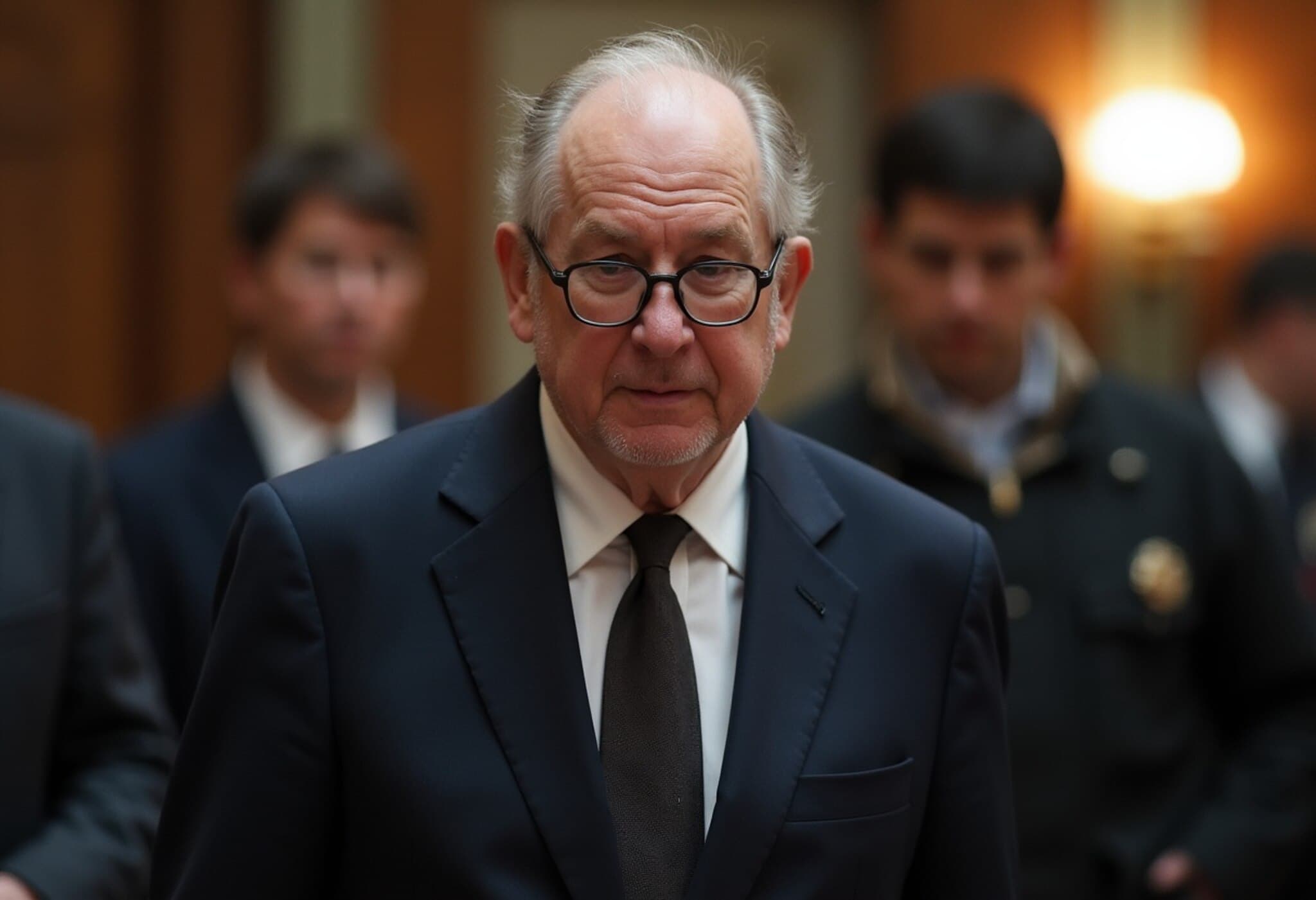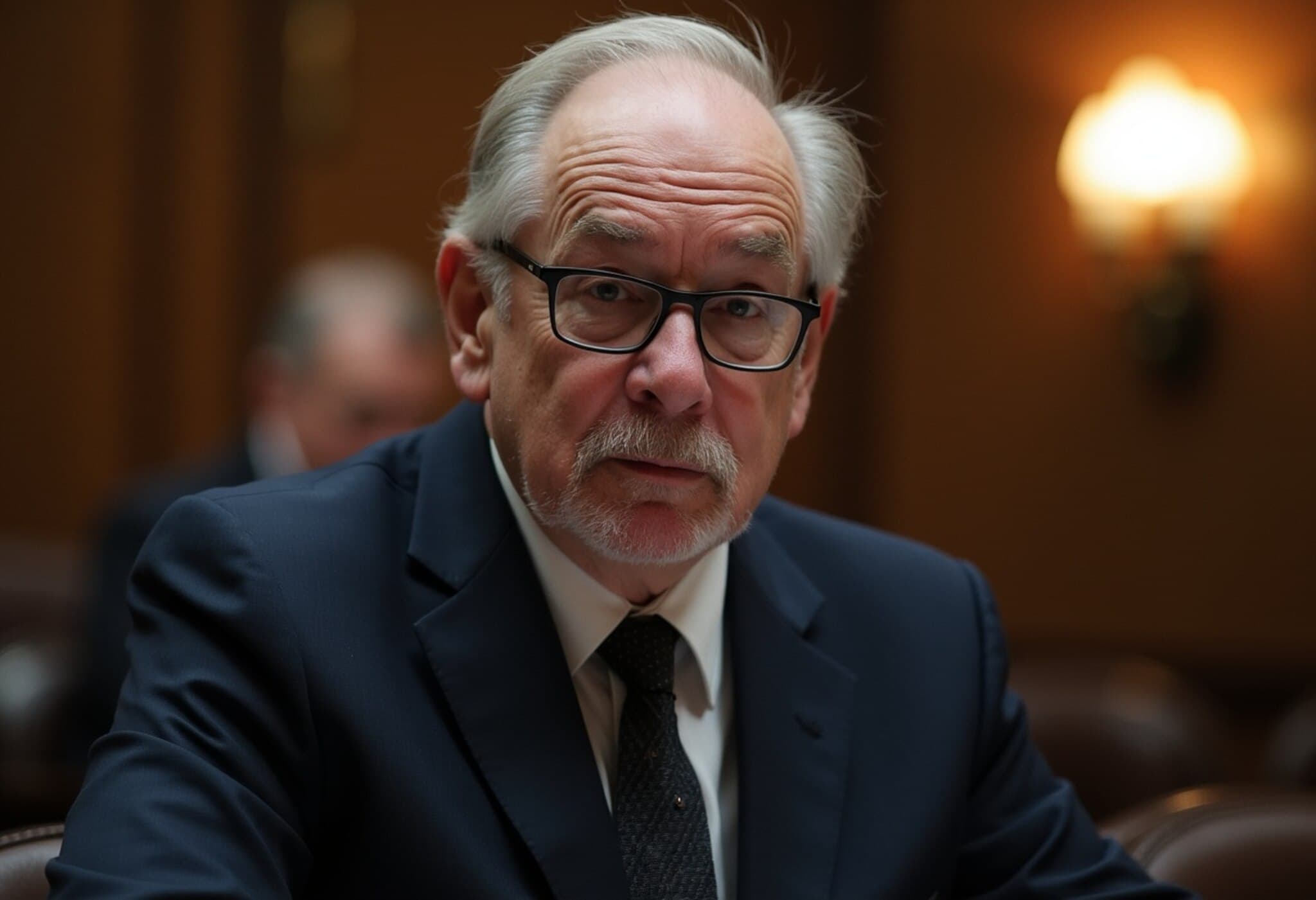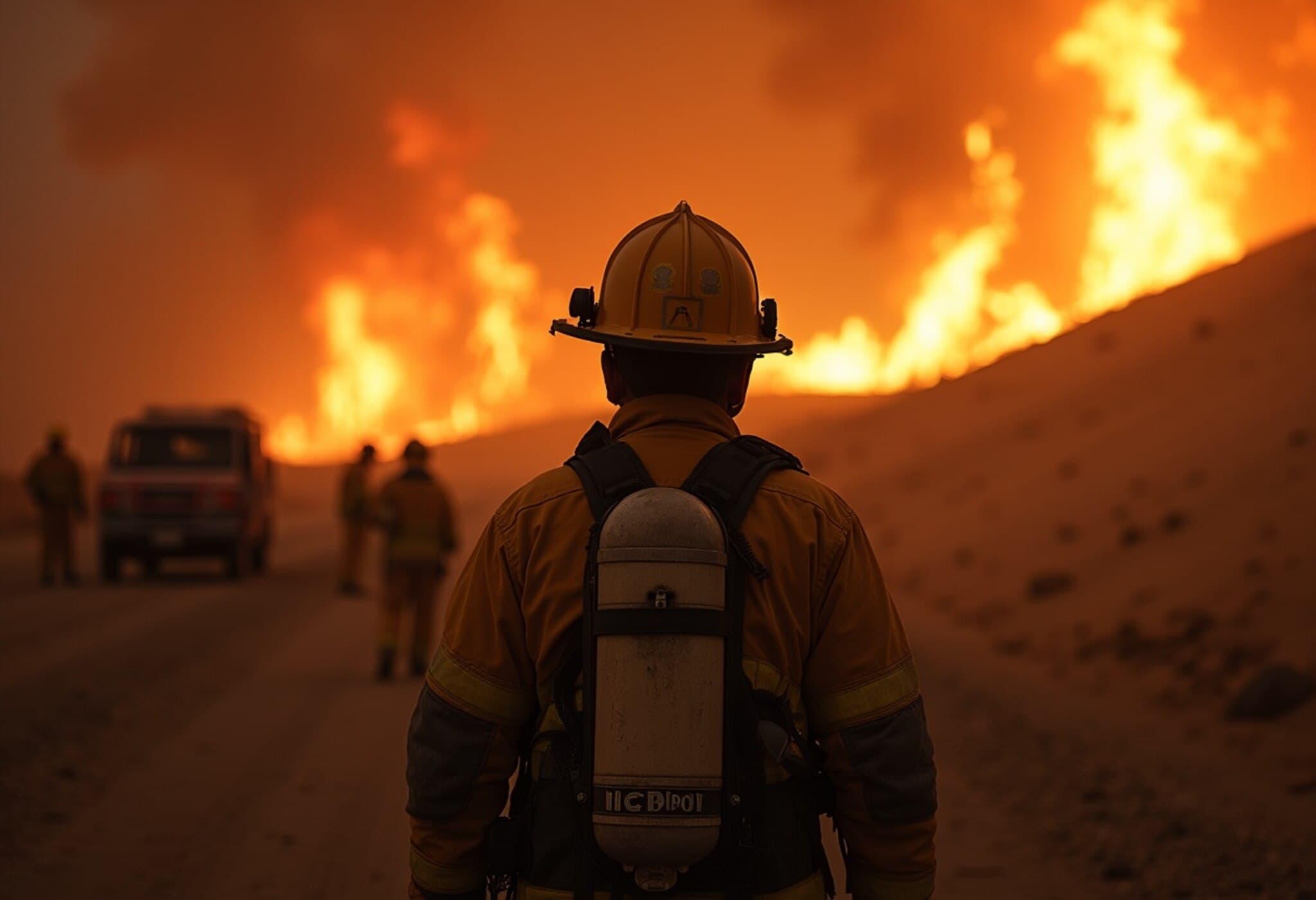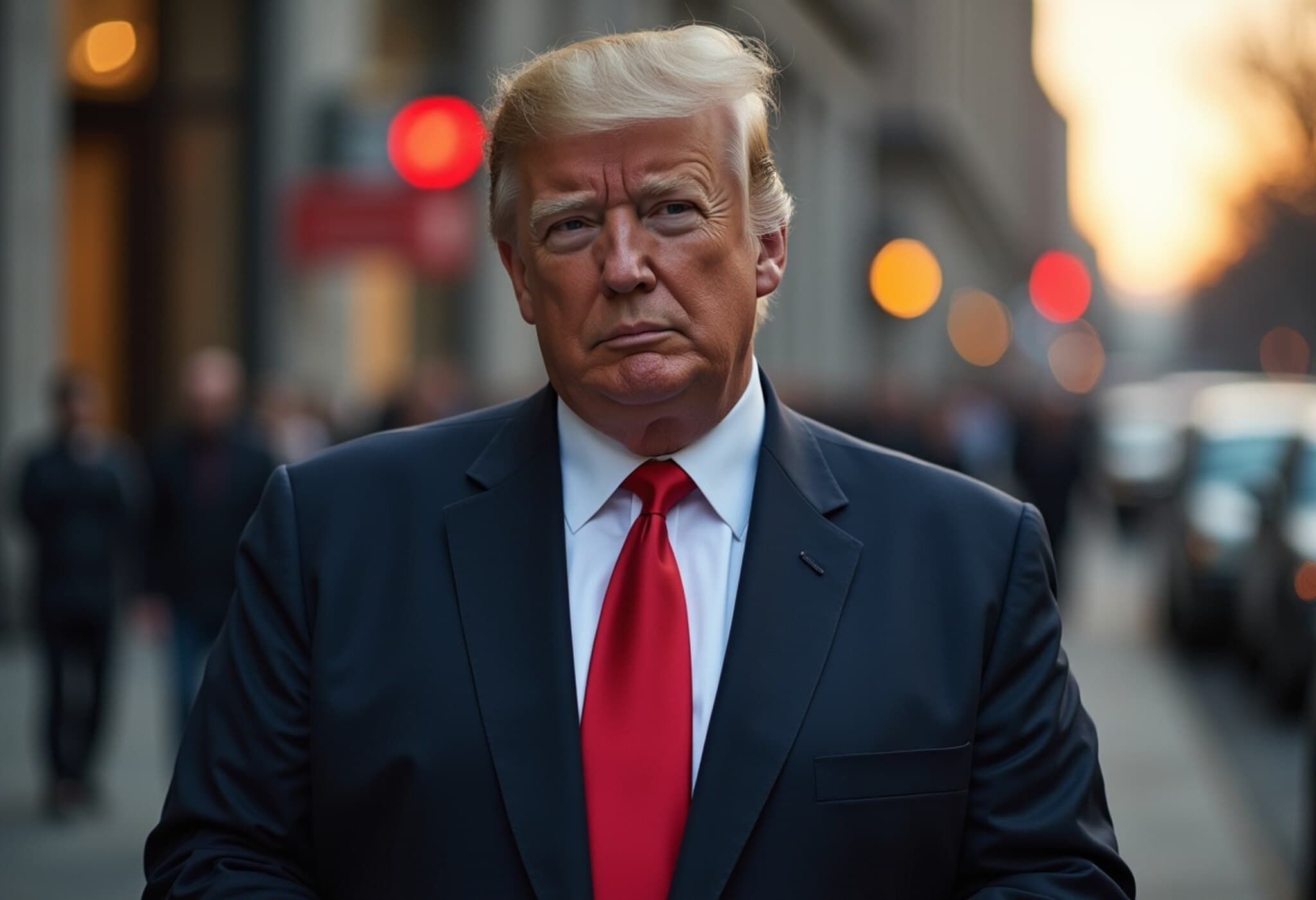Defense Blocked from Presenting Alternate Suspect Theory
In a critical pre-trial ruling, the judge overseeing Bryan Kohberger’s case denied his defense team permission to introduce an "alternate perpetrator" theory before the jury. The 30-year-old faces charges for the brutal stabbing deaths of four University of Idaho students in Moscow, Idaho, in late 2022.
Judge Steven Hippler dismissed the defense’s request, stating that the evidence presented to suggest other potential suspects amounted to "rank speculation" without concrete links to the crime. The defense had proposed four individuals, three of whom were socially connected to the victims and familiar with their residence, and a fourth who had a brief encounter with one victim five weeks prior. However, none showed sufficient motive or compelling evidence to implicate them.
Evidence Against Alternate Suspects Insufficient
All four individuals cooperated with investigators, providing DNA and fingerprints that were excluded from crime scene evidence. The judge emphasized that mere opportunity shared among the victims’ social circles was inadequate to introduce these alternate suspects to the jury.
Alibi Defense Also Rejected
Further compounding the defense’s challenges, the court ruled that Kohberger could not officially present an alibi defense because he failed to comply with Idaho’s specific legal requirements. The defense had argued Kohberger was driving alone early on the night of the murders, a claim supported only by his own account. Without corroborating witnesses identified and disclosed in time, no alibi instruction will be presented to the jury.
Judge Hippler noted that while forensic experts may testify to Kohberger's location until shortly before the time of the murders, the absence of alibi witnesses prevents this claim from being formally included in the defense.
Defense Strategy Shifts Toward Raising Reasonable Doubt
With the exclusion of the alibi and alternate perpetrator defenses, Kohberger’s legal team is expected to focus heavily on creating reasonable doubt. This will likely involve scrutinizing the prosecution’s evidence, including cell phone tower data, surveillance footage implicating Kohberger, and the reliability of witness testimonies.
Two surviving roommates of the victims, notably Dylan Mortensen, who reported seeing a masked intruder, are anticipated to face intense cross-examination, aiming to question their recollections and possible influences like intoxication or media exposure.
Plea Deal to Avoid Death Penalty
In a surprising development, Kohberger agreed to a plea bargain that spares him from the death penalty. This agreement involves pleading guilty to all charges, including four counts of first-degree murder and one count of burglary. Kohberger will receive consecutive life sentences plus the maximum term for burglary.
Victims’ families received notification of the plea agreement shortly before it was made public, with some expressing frustration over the perceived haste and lack of consultation in the decision-making process.
The plea ends the prospect of a high-profile trial but ensures Kohberger remains imprisoned for life without parole. Sentencing is expected in July following an official change-of-plea hearing.
Trial Preparations Continue Amid Witness Subpoenas
A judge recently mandated that several defense-requested witnesses from Pennsylvania must appear in Idaho for the trial, scheduled to start in August. These include individuals with past acquaintanceships or ties to Kohberger, with some opposing the subpoenas on personal or professional grounds.
Despite multiple requests, the court has maintained the trial date, dismissing petitions for delay amid ongoing tensions around evidence disclosure and trial location changes.
Community Remains Impacted
The quadruple homicides devastated the University of Idaho and surrounding communities. Kohberger, then a criminology doctoral student in nearby Washington State University, was arrested shortly after an exhaustive investigation began, fueled by DNA evidence linking him to the crime scene.
As the case concludes through the plea deal, many in the community continue grappling with the tragedy and seek closure following years of uncertainty.

